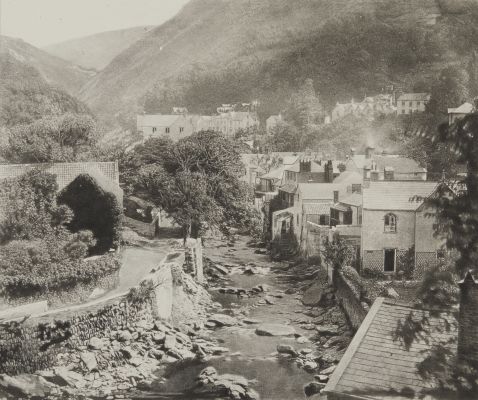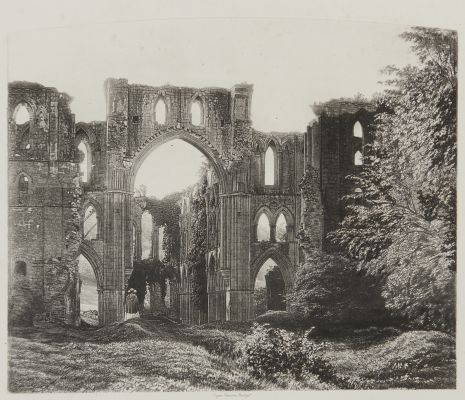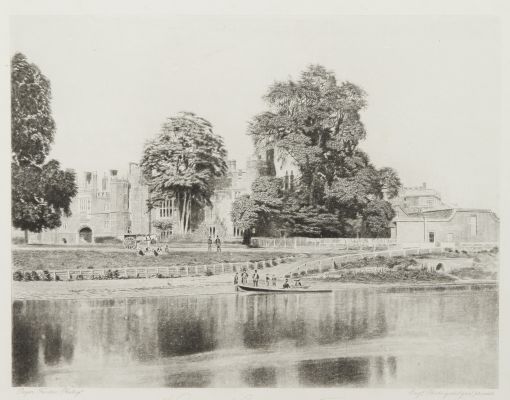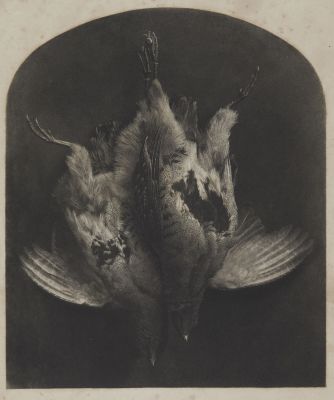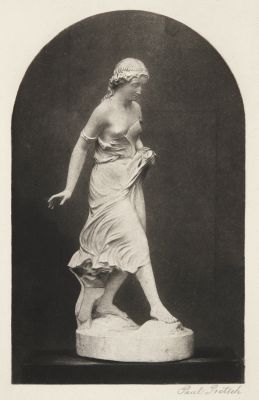
Title
Roger FentonArtist
Diamond, Hugh Welch (British, 1809-1886)Date
1857Process
PhotogalvanographAtelier
Paul PretschImage Size
20 x 15.2 cmSheet Size
60 x 44 cm
A landmark image and print representing the intersection of three powerhouses in the British photography scene in the mid 1850s – Hugh Welch Diamond, Roger Fenton and Paul Pretsch.
As an avid amateur, Diamond made his first photograph just three months after William Henry Fox Talbot introduced his invention of photography in 1839. Diamond held a weekly gathering of artistic and literary friends at his home in Wandsworth, London, and later near Richmond, Surrey. In 1853, the Photographic Society of London was born out of this group; Diamond was a founding member, Secretary, and editor of the Society’s Photographic Journal for ten years. From 1848 to 1858 Diamond made photographs to document the facial expressions of patients suffering from mental disorders at the Surrey County Asylum in England where he was superintendent of the female department.
Roger Fenton is a towering figure in the history of photography, the most celebrated and influential photographer in England during the medium’s “golden age” of the 1850s. He traveled to Russia in 1852 and photographed the landmarks of Kiev and Moscow. He also was a founding member of the Photographic Society in 1853; was appointed the first official photographer of the British Museum in 1854; achieved widespread recognition for his photographs of the Crimean War in 1855; and excelled throughout the decade as a photographer in all the medium’s genres—architecture, landscape, portraiture, still life, reportage, and tableau vivant.
In early 1856 Fenton began to actively seek a more economical means of reproducing and circulating his photographs to a wider audience. He was impressed by Paul Pretsch’s "photogalvanographic" process which was a photomechanical means of reproducing photographs, drawings or paintings in ink printed on a press. Fenton and Pretsch joined forces in the Patent Photo-Galvanographic Company and launched the ambitious publication "Photographic Art Treasures" – the first periodical devoted to promote photography as art that was illustrated by photomechanical process. (Eder. P 582). The process was called Photogalvanography, which Pretsch patented in 1854. It was heralded in the British photographic press: "The first surprise on viewing these really lovely proofs is that of seeing a photograph in printer’s ink!"
Reproduced / Exhibited
MFA Boston accession number 2009.4370
Albertina Inventarnummer Foto2002/36/38
Helmut Gernsheim The Rise of Photography 1850 – 1880. The age of Collodion. p. 95




